Madhya Pradesh Switch to Hindi
Mukhyamantri Kanya Vivah Yojana
Why in News?
The Chief Minister of Madhya Pradesh approved amendments to make the Mukhyamantri Kanya Vivaah/Nikah Scheme more effective and transparent .
Key Points
- About the Scheme:
- The Mukhyamantri Kanya Vivaah Yojana was started by the Social Justice and Disabled Welfare Department of the Madhya Pradesh Government in the year 2006. This scheme is implemented through the Deendayal Antyodaya Mission.
- Its objective is to provide financial assistance to destitute, poor, abandoned and widowed girls by organizing mass marriage/nikah programs .
- About the Amendments:
- Under the scheme, verification on the BPL portal has been made mandatory, which will ensure transparency of eligibility.
- Mass marriage/Nikah programmes will now be organised as per division wise annual cyclical calendar .
- A minimum of 11 and a maximum of 200 marriage couples will be included in each conference .
- The applications will be scrutinized at the body level, and Aadhaar based e-KYC (Electronic Know Your Customer) of the bride and groom has been made mandatory.
- The amount of financial benefit has been fixed at Rs 55,000 per bride :
- Rs 49,000 will be given directly to the bride through cheque/ Direct Benefit Transfer (DBT ).
- Rs 6,000 will be given to the concerned body for organizing the event .
- Effect:
- This revised scheme will improve the identification of eligible beneficiaries and bring transparency in the distribution of benefits.
- This will strengthen the social security of girls and the morale of their families.
- The role of local bodies will be strengthened and with the participation of social organizations the program will take the form of a mass movement.
Direct Benefit Transfer (DBT) Scheme
- Objective : The scheme is designed to aid faster flow of information and funds to the beneficiaries and to reduce fraud in the distribution system.
- Implementation : It was launched by the Government of India on January 1, 2013 as a mission to reform the government delivery system.
- The old version of the Public Financial Management System (PFMS) of the Accountant General's Office i.e. 'Central Plan Scheme Monitoring System' was chosen as a platform for direct benefit transfer.
- Components of DBT: The primary components for implementation of Direct Benefit Scheme include beneficiary account verification system; integrated, stable payment and settlement platform with RBI , NPCI , public and private sector banks, Regional Rural Banks and Co-operative Banks (viz. Core Banking Solution of banks, settlement systems of RBI and Aadhaar Payment System of NPCI etc.).
- Aadhaar is not mandatory in DBT schemes. Since Aadhaar provides unique identification and is useful in targeting the intended beneficiaries, Aadhaar is given priority and beneficiaries are encouraged to have Aadhaar.

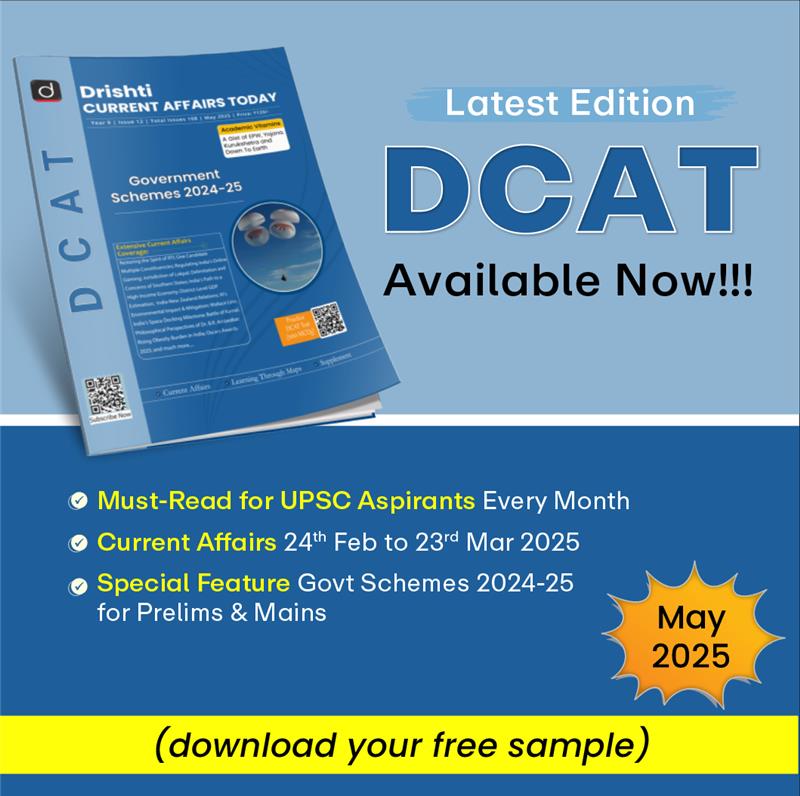

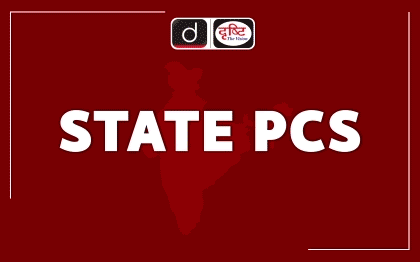
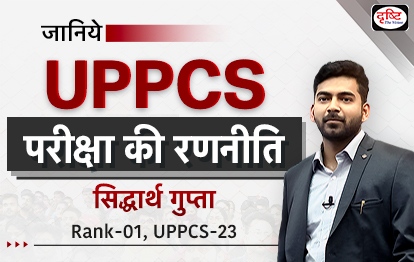



%20MPPCS%202025%20Desktop%20E.jpg)
%20MPPCS%202025%20Mobile%20E%20(1).jpg)

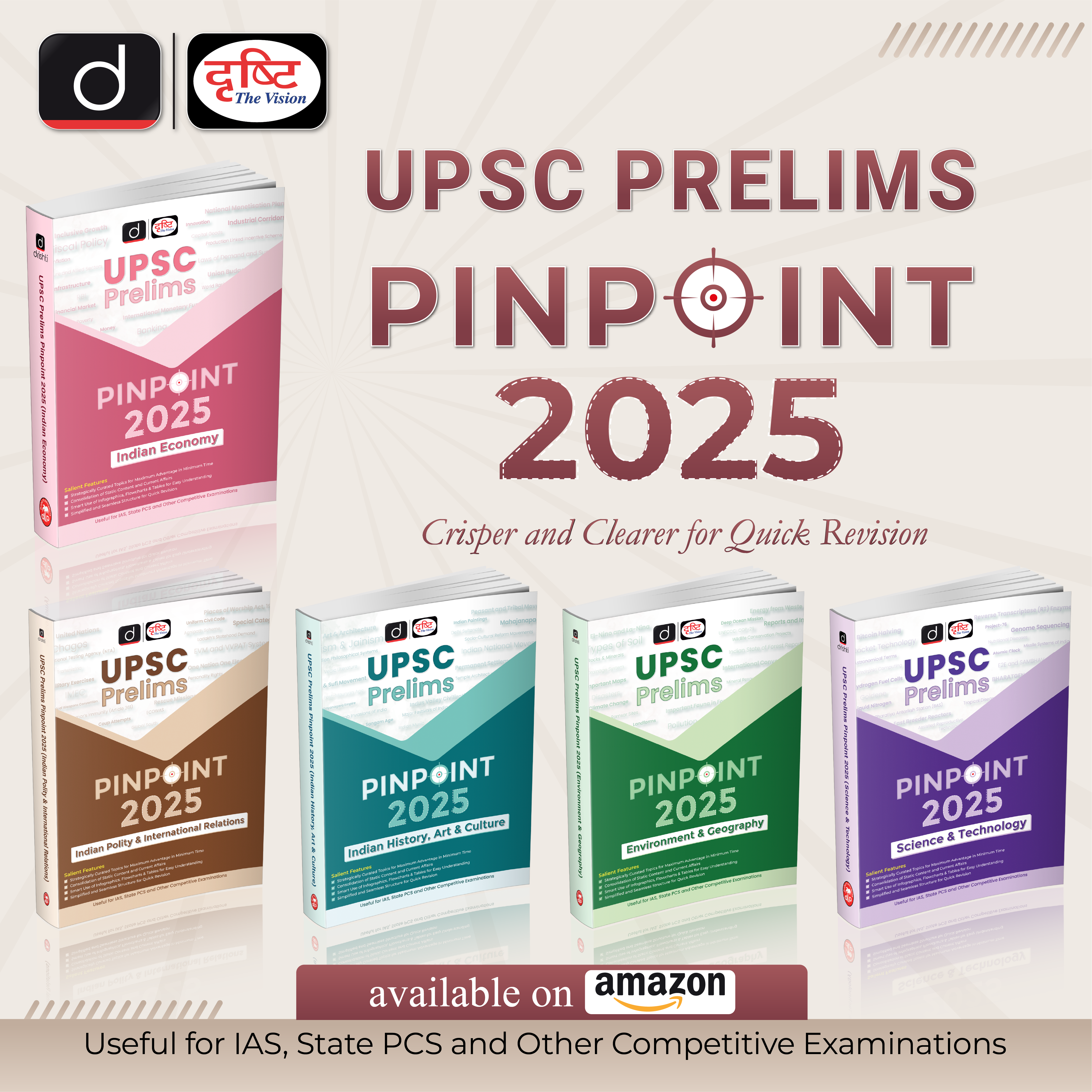







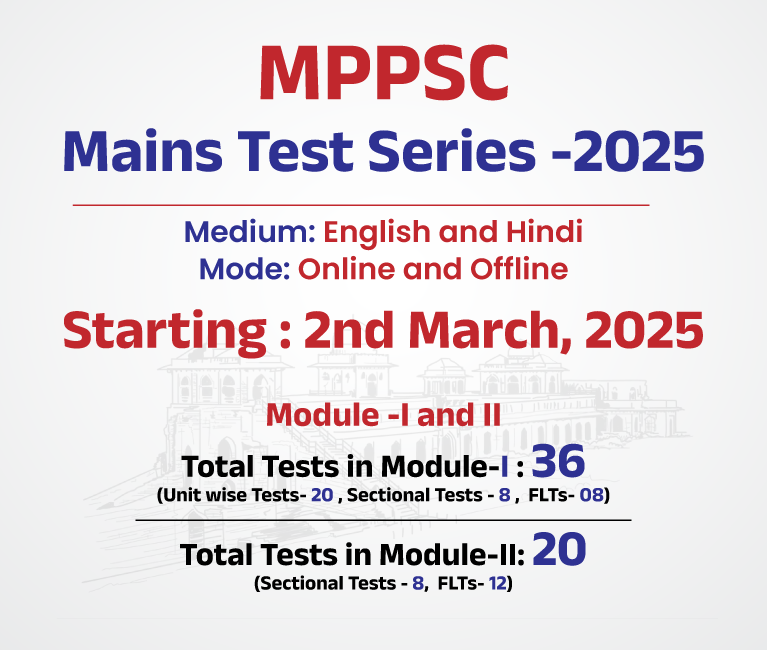
.png)
.png)

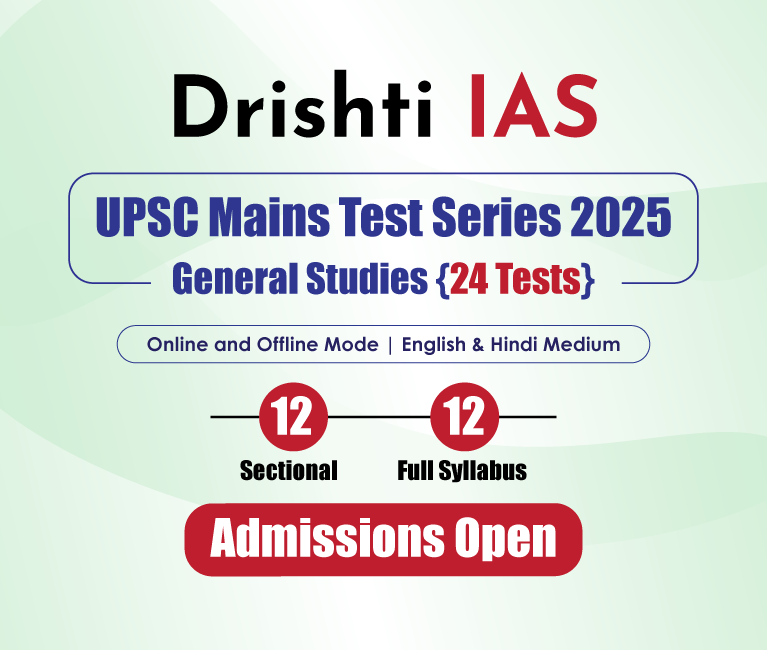

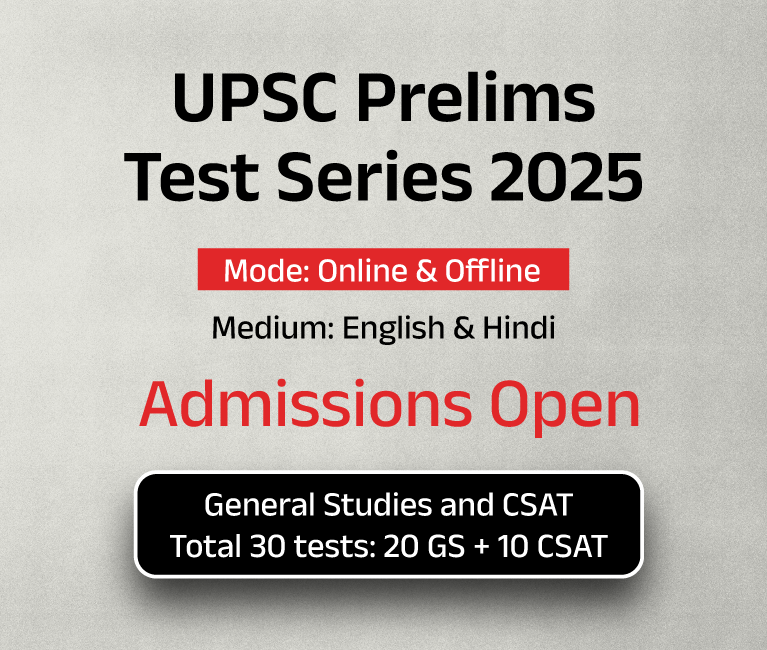

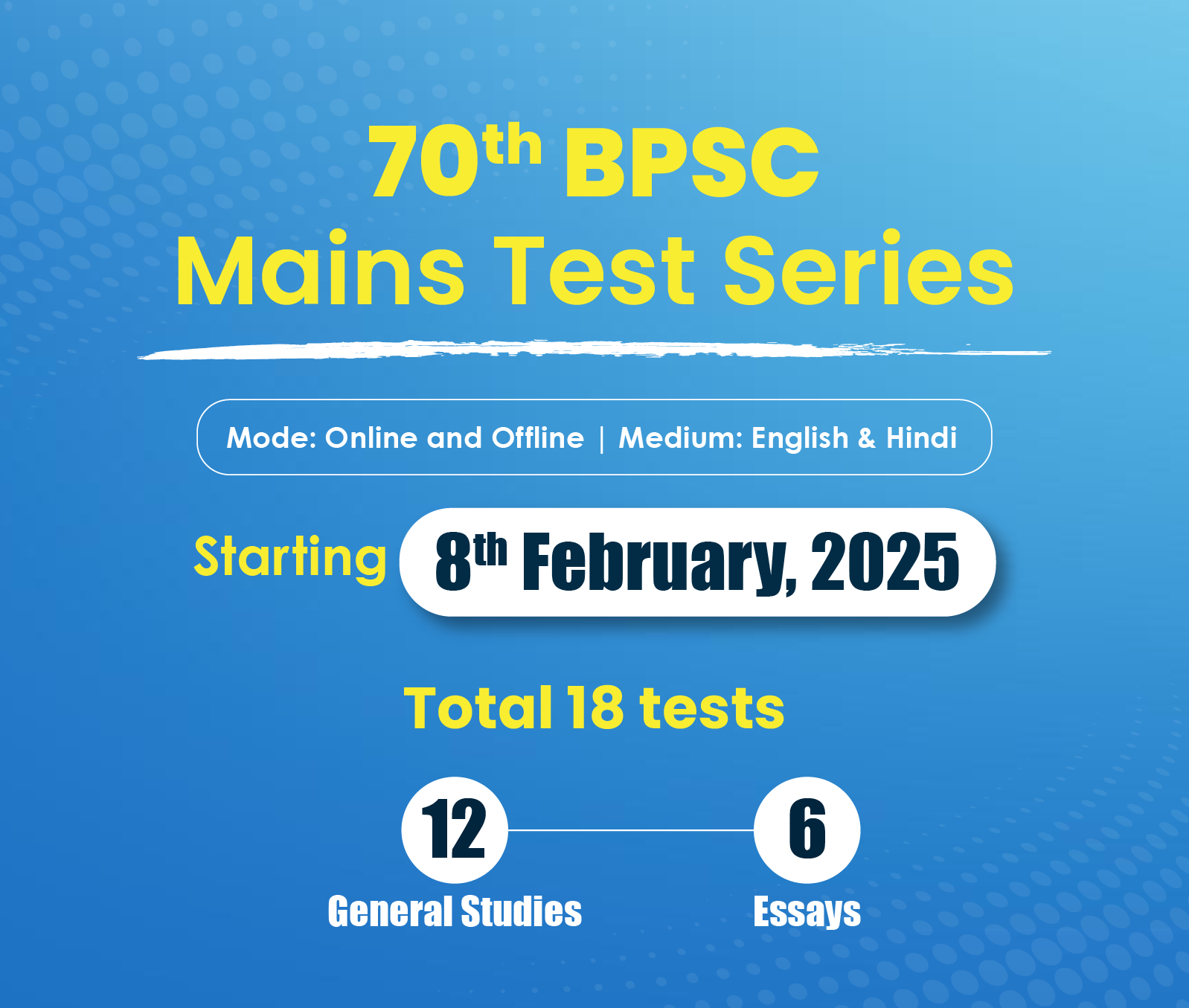





 PCS Parikshan
PCS Parikshan


-min.jpg)